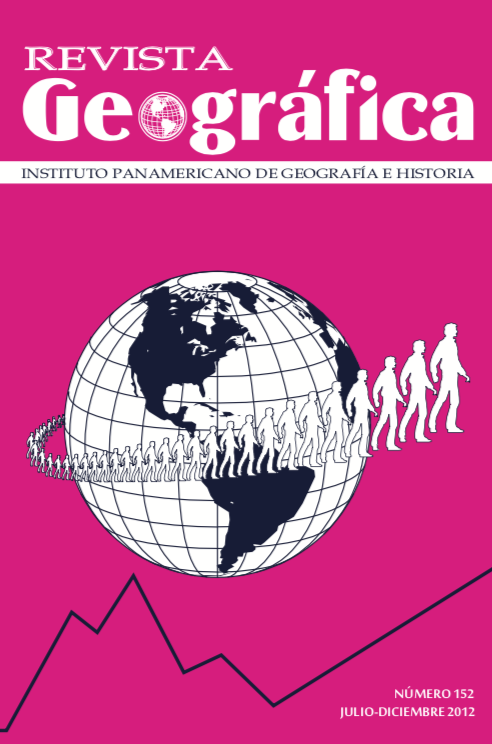Geografía y Sistemas de Información Geográfica (SIG) en la escuela secundaria. Reflexiones y propuestas para el trabajo en las aulas de la República Argentina
Main Article Content
Abstract
With the beginning of the XXI century the spatial dimension has been particularly important when analyzing and understanding the world around us. Current techno- logical development has enabled the emergence of so-called Geographic Infor- mation Technologies (GIT) leading to configure the framework of global linkages based on digital format, in which the technology of Geographic Information Sys- tems (GIS) occupies a prominent position.
This paper examines the potential offered by GIS as a support application of GIT in the classroom and essential tool that helps to support the development of spatial intelligence of students.
To achieve this, GIS is considered in its application role that supports a techno- logical revolution (methods and techniques) and an intellectual revolution (theory and epistemology). In this sense its emergence is analyzed as a result of scientific- technological developments, geographical paradigms that provide support, teacher training needed to its use and the basic concepts of spatial analysis. The path is synthesized in a proposal of a teaching practice —oriented as a digital urban modeling—, formalizing key concepts at different levels of complexity possible to be applied to secondary education.
Downloads
Article Details
-
Abstract1421
-
PDF (Español)2344
